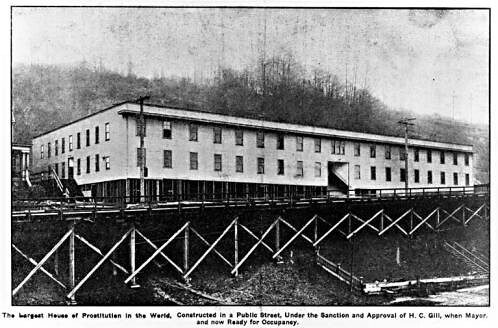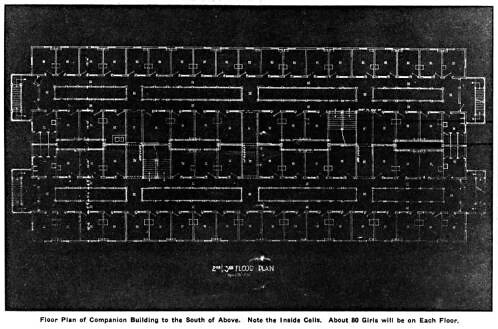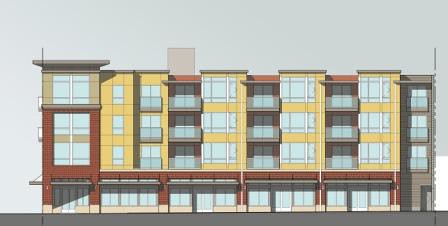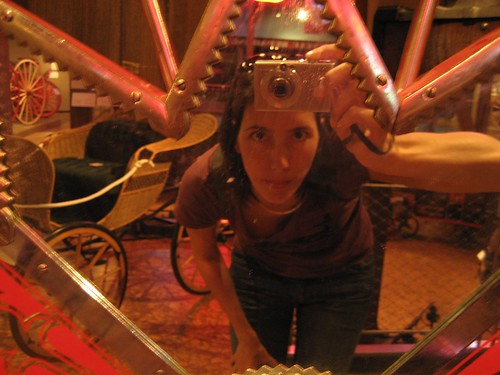The view from the Beacon Hill Library parking lot.

The Stock House.

Jackson, 43, was driving a Mazda MX-6 on Martin Luther King Jr. Way near East Jefferson Street about 8:20 a.m. when he tried to make an illegal turn onto Temple Place and collided with a pickup, police said.
Jackson and his daughters were taken to Harborview Medical Center, where he died of his injuries.
The girls were upgraded to satisfactory condition Friday, hospital officials said. The driver of the pickup was treated for minor injuries, police said.
Relatives say Jackson — a carpenter who lived on Beacon Hill — was rushing to drop off his daughters, ages 10 and 7, at school in Madrona.
The square footage as of now is just the entire bottom at just over 6,000 sq ft. To my knowledge there has not been discussions with anyone in regards to leasing out the space. We are still in the early stages as you know so the main goal is to get approval from the city on everything first.
With that said when submitting the paperwork with the city one thing is to set up a community meeting, I hear that there is one in the works, but the exact date hasn't been set. When I hear of it I will for sure pass it along to you.
Tim is the chair of the Council's Public Safety, Human Services and Education committee and V. Chair of the Planning, Land Use and Neighborhoods Committee. I've asked him to tell us what his vision and goals are, and also to be available for Q&A. Following Tim's presentation is your opportunity to input to the Park's Department's selection of playground equipment for Jefferson Park. All our welcome, so come let your voices be heard! Thursday, March 6, Beacon Hill Library Community Room, 7:00 - 9:00 PM.
On August 13, 1951, a B-50 “Superfortress” bomber develops engine trouble immediately after taking off from Boeing Field. The plane glances off the Sicks’ Seattle Brewing and Malting Company and slams into nearby Lester Apartments on Beacon Hill, killing 11 people and injuring 11 others.


Unbeknownst to many, the tragic crash also brought an end to a piece of Seattle’s more infamous past. The Lester Apartments, for years a home for working-class families and fixed-income residents, had an unseemly history that was rarely discussed by the few who remembered it.
In 1910, Hiram Gill (1866-1919) was elected mayor of Seattle in an administration rife with corruption. Gill’s chief of police, Charles Wappenstein, cut a deal with two vice-lords wherein he received $10 a month for each of the approximately 500 prostitutes in Seattle. Business was so good that the men began building a 500-room brothel on the western slope of Beacon Hill to further pad their bank accounts.
A “friendly” City Council cut the builders some slack and gave them a 15-year lease. By the time construction was complete, the local citizenry had had enough of such blatant debauchery at such a high level of office, and a recall petition was circulated against the mayor. Gill was turned out of office -- he was elected again in 1914 after vowing to crack down on vice -- and Wappenstein was sent to the state penitentiary.
What was once proclaimed the largest bordello in the world fell into disuse. Later, the 500 “cribs” were combined into multi-room apartments, and the building’s proximity to Boeing Field led many workers to take up residence there, especially during World War II. Few knew of the building’s history. At some point, it was renamed the Lester Apartments. They were destroyed in the maelstrom on August 13, 1951.








